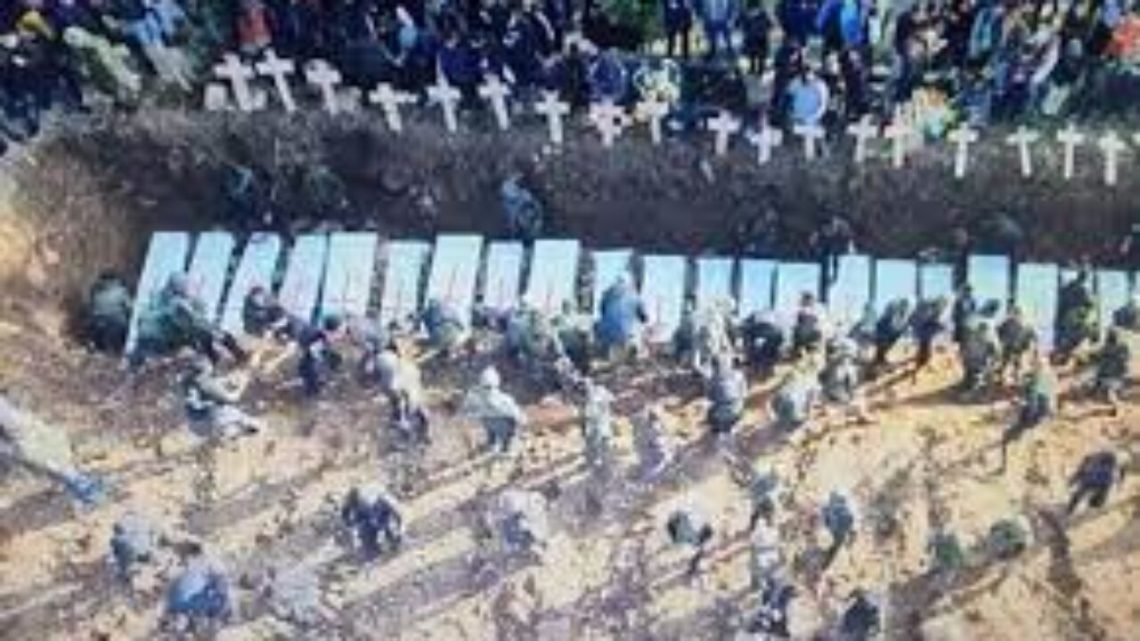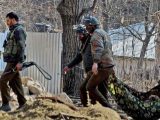
The mass burial of 87 Victims of Manipur Ethnic Clashes in India
December 21, 2023In a solemn ceremony that marked the culmination of nearly eight months of agony for grieving families, 87 individuals who lost their lives during ethnic clashes in Manipur were finally laid to rest in Churachandpur district. The violent incidents, which unfolded in the northeastern Indian state, had created a protracted period of uncertainty for the victims’ families, finally concluding with their burial near Khuga Dam.
According to reports, the burial took place on Wednesday and brought closure to the prolonged wait endured by the families of the deceased. The tragic events leading to this solemn ceremony began on May 3, when ethnic clashes erupted in Manipur following a ‘Tribal Solidarity March’ organized in the hill districts of the state. The march was a response to the Meitei community’s demand for Scheduled Tribe status, setting off a chain of violence that has claimed the lives of around 200 people to date.
The 87 bodies, all belonging to the Kuki-Zo community, predominantly comprising Christians, had languished in morgues for months. Among them, 41 bodies were transported from the morgues of Imphal just last week, while the remaining 46 had been awaiting burial in Churachandpur. The delay in the burial was exacerbated by the intricate circumstances surrounding the clashes, forcing families to endure an extended period of grief.
Despite the passage of time, tension remains palpable in Churachandpur district, with prohibitory orders under Section 144 still in effect. This measure aims to maintain law and order in the aftermath of clashes between members of two tribal communities that occurred on a fateful Sunday night. The enforcement of Section 144 reflects the authorities’ commitment to preventing any potential resurgence of violence or communal discord.
The ethnic clashes in Manipur have underscored the delicate balance between different communities and the challenges that arise when addressing demands for tribal status. The tragic loss of 87 lives is a stark reminder of the human toll exacted by such conflicts. As Manipur grapples with the aftermath of this violent chapter, there is a pressing need for sustained efforts toward reconciliation, dialogue, and understanding to ensure a more harmonious coexistence among its diverse communities. The burial of these victims, though a somber occasion, serves as a symbolic step toward healing and rebuilding the social fabric torn apart by the recent ethnic clashes.

